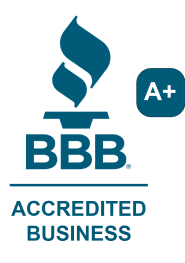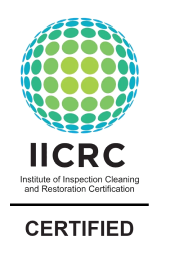Welcome to Innovative Restorations, where we offer top-notch restoration and remodeling services in Hilham. Our team is committed to delivering exceptional quality and service, ensuring your home is restored to its best condition. From storm damage repairs to bathroom remodeling, we are here to meet all your needs.
Our Services
- Restoration: Comprehensive home restoration services to fix any damage.
- Storm Damage: Quick and effective repairs for homes damaged by storms.
- Bathroom Remodeling: Upgrading your bathroom for improved functionality and style.
- Crawl Spaces: Enhancing the safety and efficiency of your crawl space.
- Emergency Services: Immediate assistance for water damage, biohazard cleanup, and board-up situations.
Restoration in Hilham
Our restoration services in Hilham are designed to help homeowners recover from any damage. We handle everything from minor repairs to complete restorations, ensuring your home is safe and beautiful again. Our team is experienced and equipped to manage all aspects of the restoration process.
Storm Damage Repair in Hilham
Storms can cause serious damage to your home, but our team at Innovative Restorations is ready to help. We provide thorough storm damage repair services, including roof repairs, window replacements, and structural fixes. We act swiftly to restore your home and prevent further issues.
Bathroom Remodeling in Hilham
Transform your bathroom with our expert remodeling services. Whether you're looking to update fixtures or completely redesign your space, we have the skills and experience to create a bathroom you’ll love. Our team ensures every detail is perfect, using high-quality materials and craftsmanship.
Crawl Space Services in Hilham
Crawl spaces are vital for your home's structure and efficiency. Our services in Hilham focus on improving ventilation, insulation, and overall safety. We ensure your crawl space is in top condition, helping you avoid future problems.
Emergency Services in Hilham
When emergencies happen, you need a reliable team on your side. Our emergency services in Hilham include water damage repair, biohazard cleanup, and board-up services. We are available 24/7 to provide prompt and professional assistance when you need it most.
Contact Us Today
Restore and Remodel Your Home in Hilham with Innovative Restorations
Ready to improve your home with our expert services in Hilham? Contact Innovative Restorations today to schedule a consultation. We are here to help with all your restoration and remodeling needs. Call us now or fill out our online form to get started.




